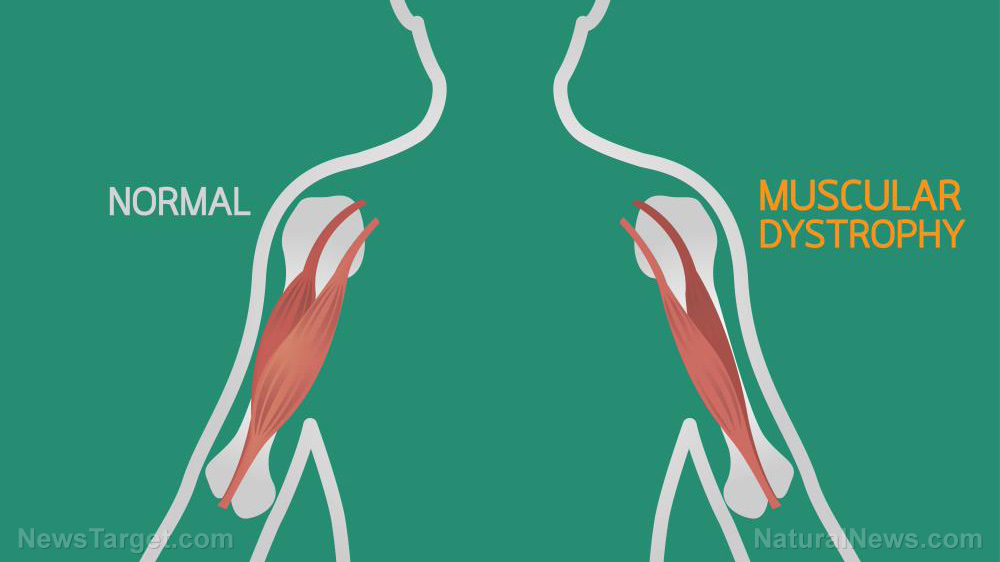
Researchers at the Washington University School of Medicine in St. Louis have demonstrated that lithium improves muscle strength and size in mice that have been genetically altered to have the disease. This research may lead to the development of medications for LMGD1, none of which currently exist.
"There are no medications available for people with limb-girdle muscular dystrophy, so we are very excited to have a good therapeutic target and a potential therapy," said senior author Dr. Conrad C. Weihl, professor of neurology who treats people with the disease at the university's Neuromuscular Disease Center.
"This has been an amazing project. It all began when we diagnosed a patient with muscular dystrophy of unknown cause. Genetic sequencing then helped us identify a new sub-type, and we've been able to take that all the way through to a possible therapy."
Understanding why genes cause LMGD1
LMGD1 occurs due to variations in any one of more than a dozen different genes. Years prior to the recent study, Weihl was part of a team that was able to isolate one of these genes, called DNAJB6. While the team found the faulty gene, they were unsure why variations of it caused muscle atrophy. To figure this out, Weihl, along with co-authors Dr. Andrew Findlay and Dr. Rocio Bengoechea Ibaceta, tried cutting out the gene entirely.
The scientists expected that cutting out DNAJB6 would cause even more muscle loss. Instead, they discovered that without the gene, muscle fibers grew to three times their normal size.
With these results, the researchers conducted another batch of testing on the mice with the same variants of the gene as the patients. Here, they discovered that the gene variants over-activated a protein called glycogen synthase kinase 3 beta (GSK3beta) that suppresses muscle growth. More importantly, they discovered that inhibiting the protein with lithium chloride improved the strength and muscle mass of the mice subjects.
"Before treatment, mutant mice had roughly one-fifth the strength of the normal mice," said Dr. Findlay. "After a month of treatment, they improved to 75 percent of the normal mice. It's a big jump."
Don't go taking lithium chloride just yet
While lithium chloride works against the disease, the researchers aren't recommending that patients use it just yet. Lithium chloride was once sold as a salt substitute, however, it was taken off store shelves in 1949 when doctors realized that it had toxic side effects when ingested by people. (Related: Natural salt can help heal you from chronic illness – and modern research is validating this.)
"I don't want people to go out and take lithium chloride right now,” said Findlay. “We've shown that this protein is a promising therapeutic target, but more work needs to be done."
Other forms of lithium such as lithium carbonate and lithium citrate do exist and are actually used to treat some psychiatric illnesses. This raises the possibility that a safe form of lithium can be found to treat LMGD1.
However, before that happens, the researchers feel that a better understanding of LMGD1 is needed. The disease's rarity means that doctors have not been able to study how quickly different people lose their strength, nor have they been able to define how the course of the disease differs in people whose condition is caused by variations in different genes.
To this end, Findlay and colleagues around the U.S. and the U.K. are planning to conduct a further study of LMGD1 caused by different variations in different genes. This study aims to map disease progression in patients in preparation of upcoming treatment trials.
Sources include:
Please contact us for more information.























